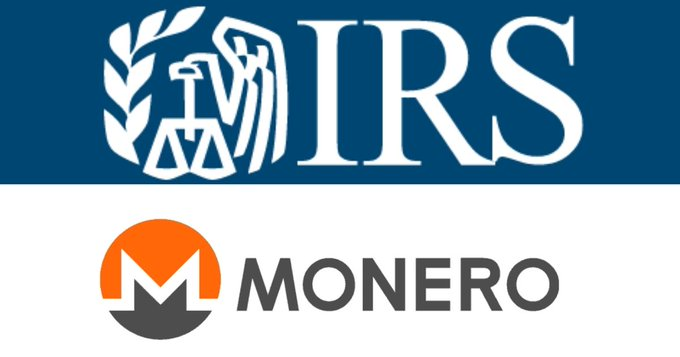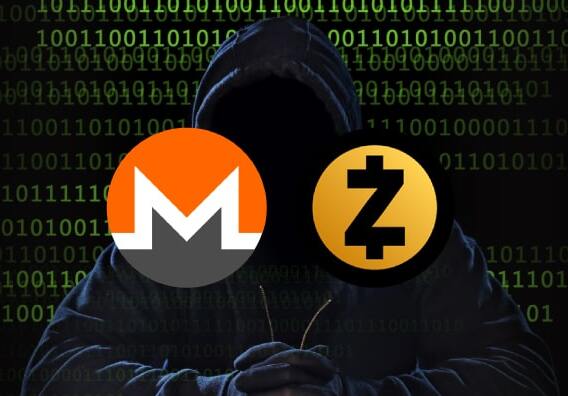
You need the ability to do these 3 things to make a NFT on any blockchain:
1. Hash an image
2. Embed that hash into the blockchain
3. A rule set and platform to track that hashed image across the chain.
Here is how those steps would look on Monero
1. Hash an image
2. Embed that hash into the blockchain
3. A rule set and platform to track that hashed image across the chain.
Here is how those steps would look on Monero
1. Image Hash
We need to find an image to hash. A hash takes in arbitrary data and outputs a random and unique string.
You can use this website to hash any image that you want: md5file.com/calculator.
When I plug my image from the first tweet into this hash generator, I get:
We need to find an image to hash. A hash takes in arbitrary data and outputs a random and unique string.
You can use this website to hash any image that you want: md5file.com/calculator.
When I plug my image from the first tweet into this hash generator, I get:

7ed1d01932d1bbde8b0395935054fbba.
This hash is completely unique* to my monkey picture and anyone can verify that this is true by hashing it. Blockchains all use hashes to secure themselves. Now that we have this unique string, or hash, that refers to my image we need to get it
This hash is completely unique* to my monkey picture and anyone can verify that this is true by hashing it. Blockchains all use hashes to secure themselves. Now that we have this unique string, or hash, that refers to my image we need to get it
it on the Monero blockchain.
2. Embed Image
We would use the tx_extra feature of Monero to embed our hash into a transaction. There is currently no limit on how big this data can be. Someone has even embedded a full pdf into the Monero blockchain using this feature:
2. Embed Image
We would use the tx_extra feature of Monero to embed our hash into a transaction. There is currently no limit on how big this data can be. Someone has even embedded a full pdf into the Monero blockchain using this feature:

rb.gy/ekta3p
So we could embed an entire image into ta transaction but that would be very expensive. We will just embed a hash in this example.
After embedding a hash of our image into a monero transaction the next and hardest step would be designing
So we could embed an entire image into ta transaction but that would be very expensive. We will just embed a hash in this example.
After embedding a hash of our image into a monero transaction the next and hardest step would be designing
a system to track these NFT's on Monero.
3. Tracking NFTs
Tracking our NFTs on Monero's blockchain would be tricky since Monero prevents us from easily tracking actual coins, but we can avoid this limitation by creating some rules and enforcing those rules with Feather Wallet.
3. Tracking NFTs
Tracking our NFTs on Monero's blockchain would be tricky since Monero prevents us from easily tracking actual coins, but we can avoid this limitation by creating some rules and enforcing those rules with Feather Wallet.
The rules for our Monero NFT's would be:
I. When we add our hash to a transaction and send it, that is us minting a NFT.
II. You can transfer ownership of a NFT by sending a transaction with the same NFT hash in the tx_extra part of the transaction.
I. When we add our hash to a transaction and send it, that is us minting a NFT.
II. You can transfer ownership of a NFT by sending a transaction with the same NFT hash in the tx_extra part of the transaction.
Those two rules are enough to send NFT's to other people and track them on Monero. The tracking part would normally be tricky, but Feather wallet helps with that. Feather Wallet is an advanced wallet that will allow us to prove ownership of our NFT's.
https://twitter.com/FeatherWallet/status/1545496651091087362
We can prove ownership of addresses and our NFT outputs by using the Inproof and other proofs in Featherwallet. Featherwallet features allow us to strip back our own privacy on the XMR blockchain and expose our own transaction info to prove that we are following the XMR NFT 

rules. There are different schemes we could use for this but the main idea is the same: We prove that we own an output and that we haven't spent it. We could build a website to track this information or embed in the Monero chain along with the NFT hash in the tx_extra portion of
the transaction.
This is a very naive approach to creating NFT's on Monero. I made it much simpler so that people could follow along. You might be able to redesign this NFT scheme to get private NFT's that could be hidden and privately transferred. They could then be selectively
This is a very naive approach to creating NFT's on Monero. I made it much simpler so that people could follow along. You might be able to redesign this NFT scheme to get private NFT's that could be hidden and privately transferred. They could then be selectively
exposed, sold, then hidden again 😎
There are plenty of reasons that you should not do this on Monero and my tweet tomorrow will cover why.
Monero IS more private and fungible than Bitcoin but NFT's existence on BTC doesn't demonstrate those two facts well.
There are plenty of reasons that you should not do this on Monero and my tweet tomorrow will cover why.
Monero IS more private and fungible than Bitcoin but NFT's existence on BTC doesn't demonstrate those two facts well.
If you want to learn more about Privacy and Monero give me a follow and a share. I make the best threads about Monero this side of Twitter.
If you want to support more you can spend your Monero anonymously at Anon Shop 😎
If you want to support more you can spend your Monero anonymously at Anon Shop 😎
https://twitter.com/AnonShopApp/status/1622642238928080898
Extra Notes:
MD5 is a trash hash, but it's short so I used it in this example.
If you want to learn more about Bitcoin NFT's and how NFT's work on a utxo blockchain I recommend you read the ordinal site, it has no math and is well-written!
MD5 is a trash hash, but it's short so I used it in this example.
If you want to learn more about Bitcoin NFT's and how NFT's work on a utxo blockchain I recommend you read the ordinal site, it has no math and is well-written!
https://twitter.com/Mintify/status/1623850790598180864
But if you don't have time for that, I have a short thread about the Bitcoin NFT craze:
https://twitter.com/AnonShopApp/status/1620102306325987328
The proof portion of tracking the NFT on monero might be more complicated and may need other proofs to be elegant. A bruteforce/worse case approach could be to publish wallet view private keys and key images. I found more info about INproofs here: github.com/monero-project…
• • •
Missing some Tweet in this thread? You can try to
force a refresh

















